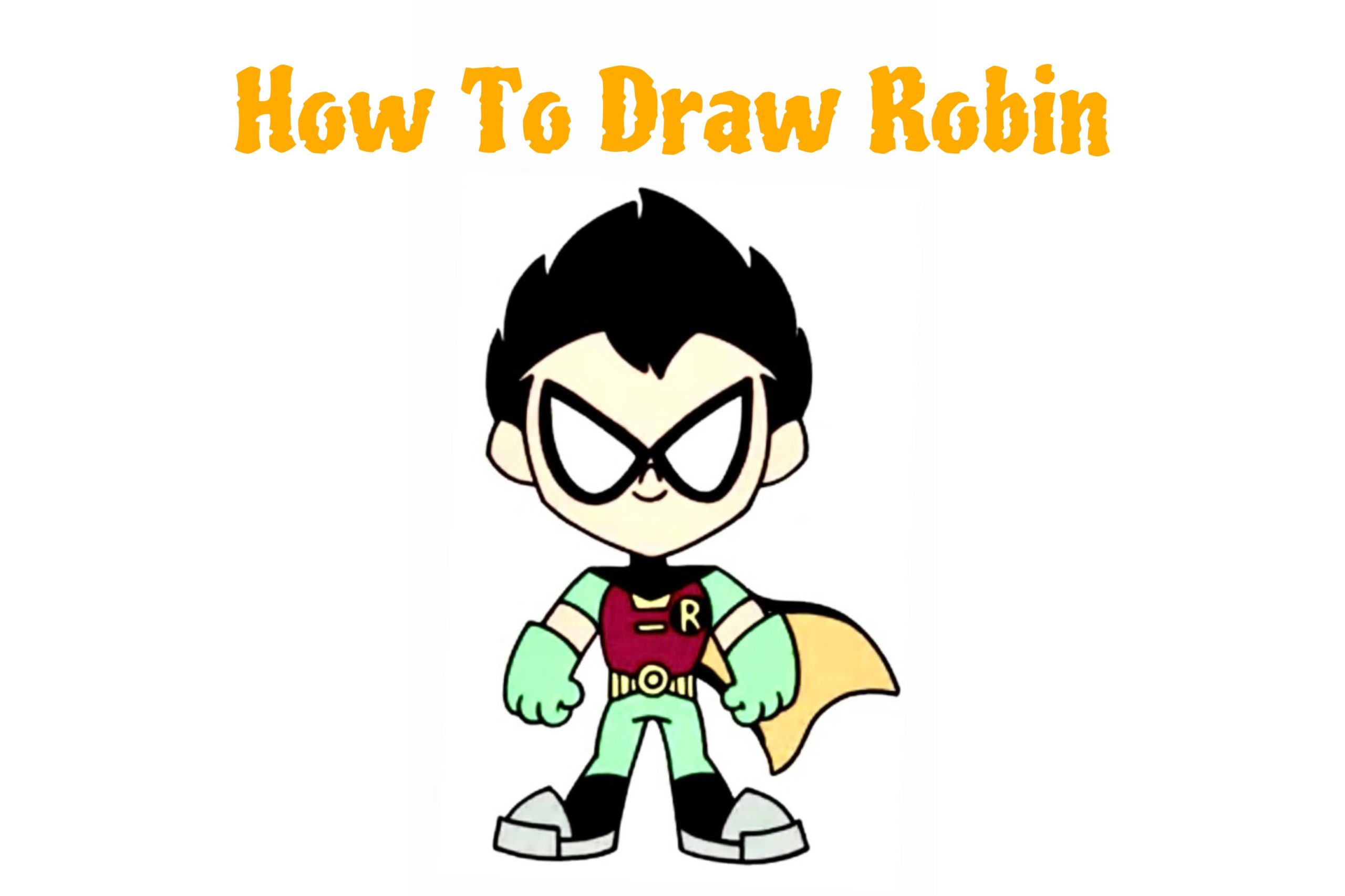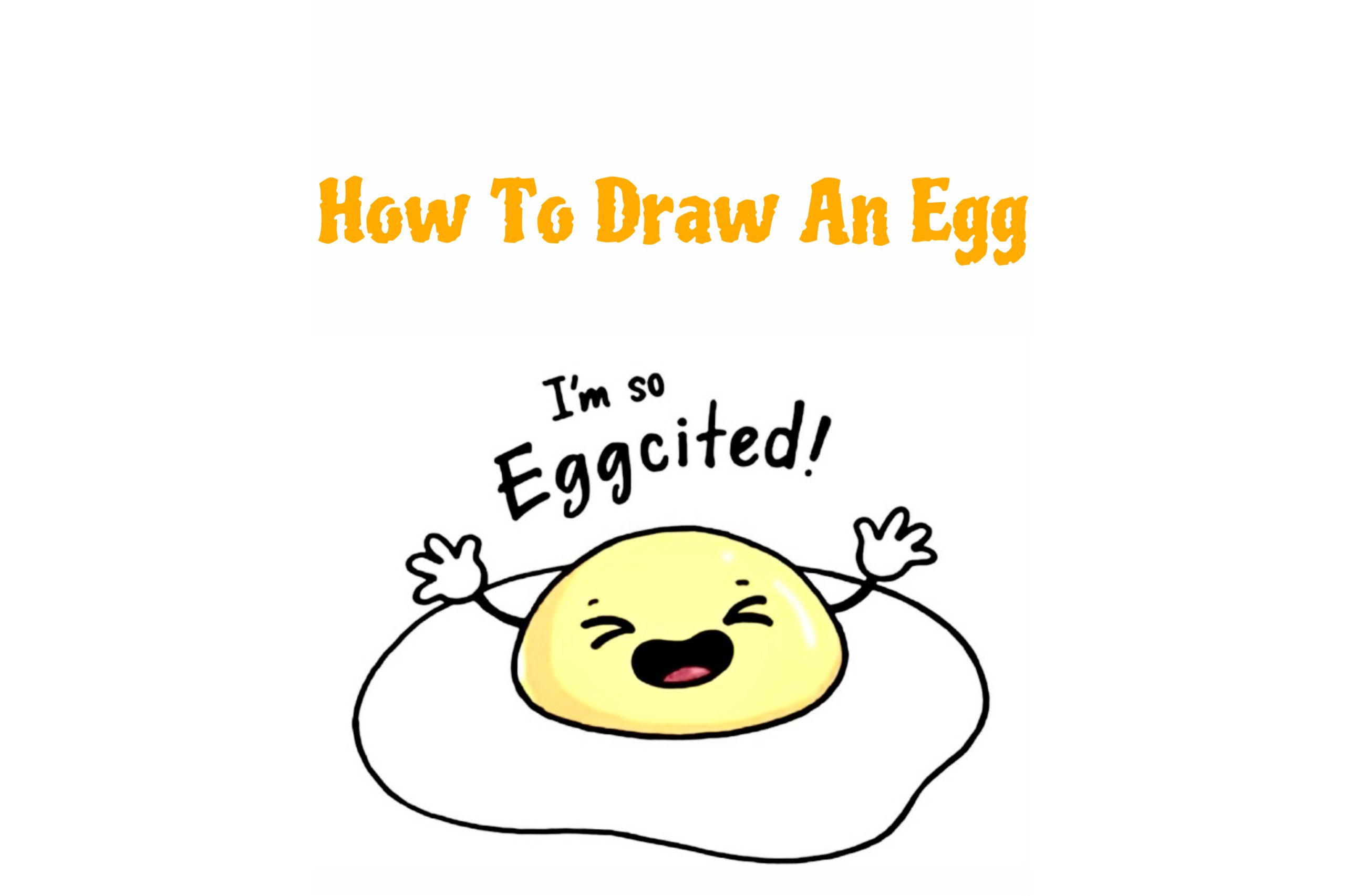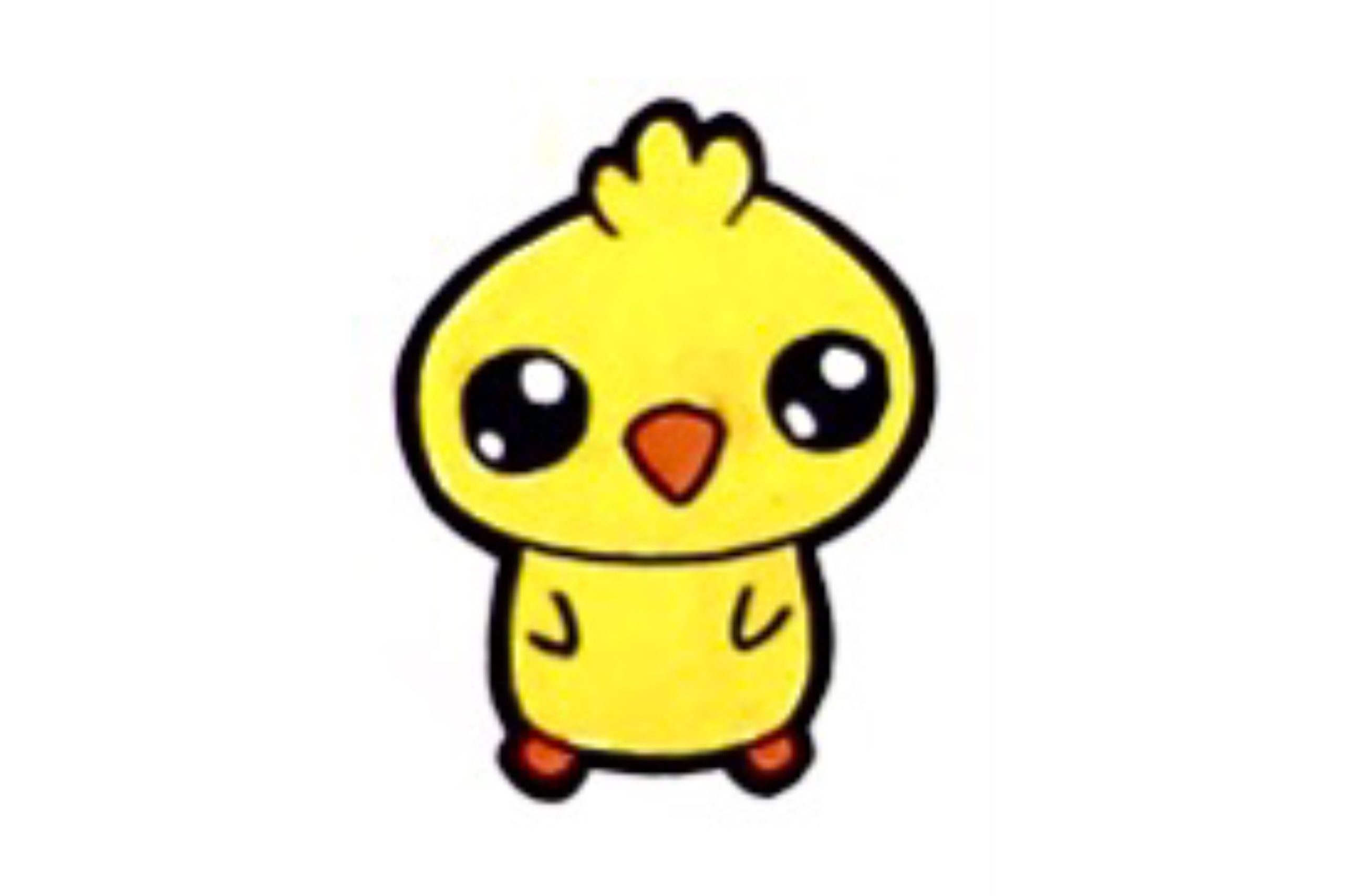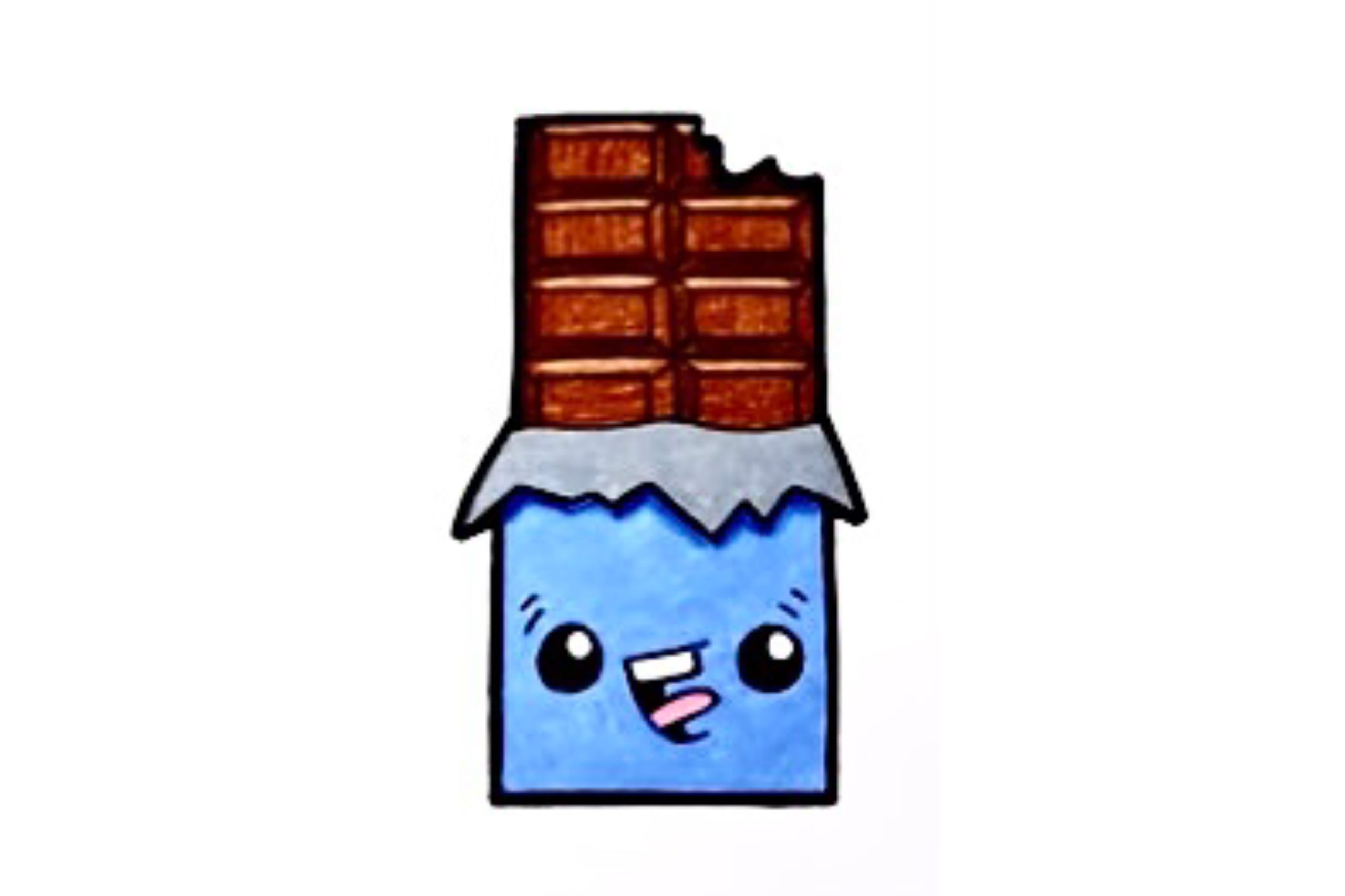Coloring Tips & Trick
The Ultimate Guide For Enhancing Beginner’s Coloring Skill
Do you think you can color beautifully? Here are our tips for even the most amateur coloring practicer, which can help you improve your coloring skill
I. Introduction
A normal person can recognise about 7 million colors. Every day, artists are using colors to create their unique and creative works of art. Color is an exciting part of our lives. Without color, human beings may face a boring nature and life.
Colors have been used to make billions of pictures. They are countless inspirations for painters, artists, and designers to push up creativity. You do not need to be one of them to color beautifully. Now let us show you our coloring tips for you to color better.
II. Understanding Color Basics
1. Introduction to the color wheel
You may have heard about the color wheel. Exactly! It is the most basic coloring knowledge for you. A color wheel contains 12 colors. You can see all of these colors in the natural world. The coloring wheel is our first tip for you to color better.

2. Primary, secondary, and tertiary colors
Primary colors
We have two key words for you to remember: primary colors.
First is RBG. The three primary colors are red, blue, and green. When these primary colors are mixed, you get white.
Secondly, it is RYG. They are red, green, and… Can you get the Y? Exactly, it is yellow. When red, yellow, and green are mixed, you get black.
Have you kept in mind that these are the RGB primary colors?
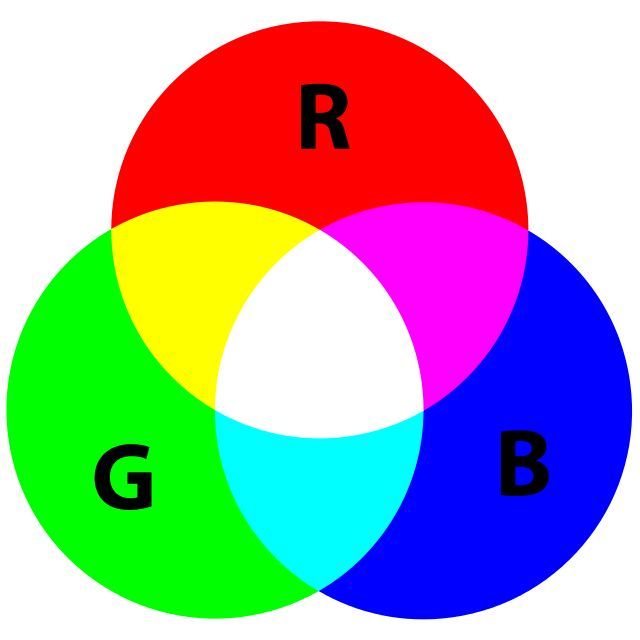
Secondary colors
Now, let’s look at this picture one more time.
Simply put, a secondary color is made by mixing two primary colors. As can be seen from the picture, there are 3 secondary colors.
Of course, for RYB, the 3 secondary colors are a little different.
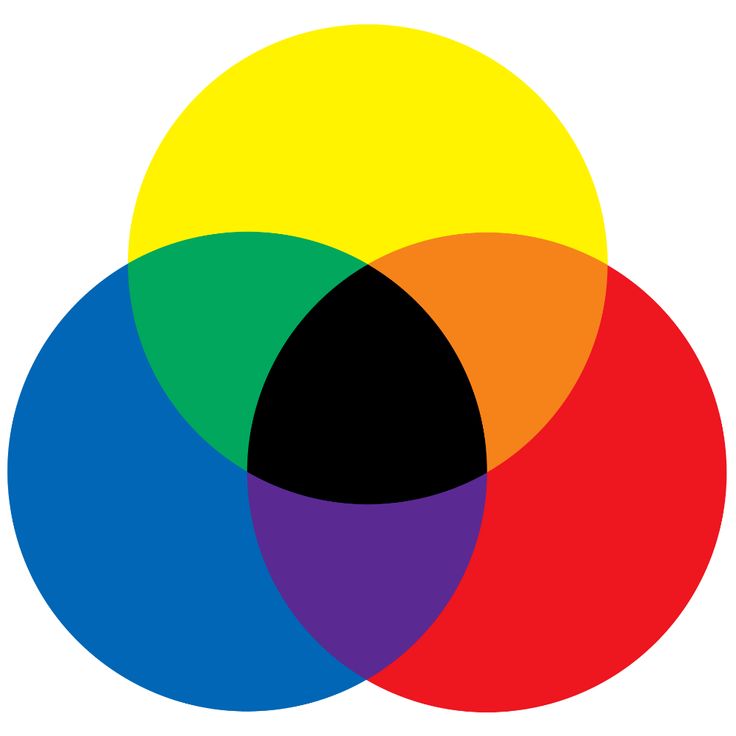
The color wheel is basic and easy to apply. Trust us!
Tertiary colors
Finally, it is the tertiary color. Now you know the primary and secondary colors. You just need to mix a primary color with a secondary color to get a tertiary color.
Below are some examples of tertiary colors for you.

Because it is the most basic thing when you want to improve your coloring, we must clarify it right from the beginning.
3. Warm and cool colors
If you love fashion and can spend hours choosing the perfect outfit for your day, you must already know warm and cool colors. In coloring, these two kinds of colors are definitely important.
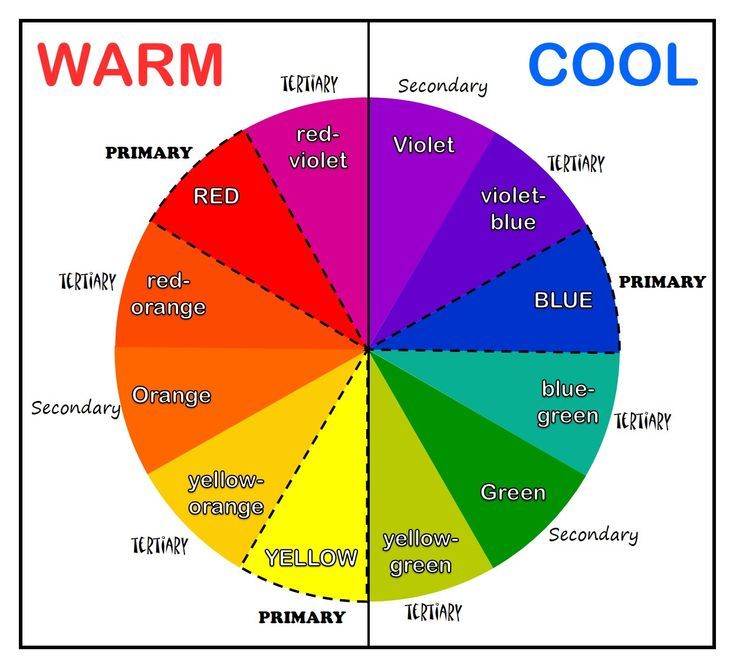
There are two clear parts on a color wheel. They separate warm colors from cool ones.
Artists employ the color temperature categories of warm and cool to achieve harmony, balance, and depth. Warm colors evoke sensations of vigor, coziness, and enthusiasm. In contrast, cool colors are linked to quiet, peace, and space.
III. Choosing Colors Effectively
1. Selecting a color palette
Work from a color wheel to begin. Understanding color theory principles might help you determine complementary colors. Later on, this will assist you in concentrating on a color palette.
Online websites for color palette ideas are also good sources for you to color beautifully.

This is a quick and simple way for you to choose good sets of colors.
But remember that you should understand the basics first. They are the color wheel and the temperature of color.
2. Considering color symbolism and emotions
The mood and ambiance of a painting are shaped by its color choices. By assessing the painting’s mood, you can determine which warm and cold colors are suitable to use. Also, do you know that different colors can have quite different meanings? For instance, red connotes warmth. Similarly, purple has been associated with royalty for so many centuries.
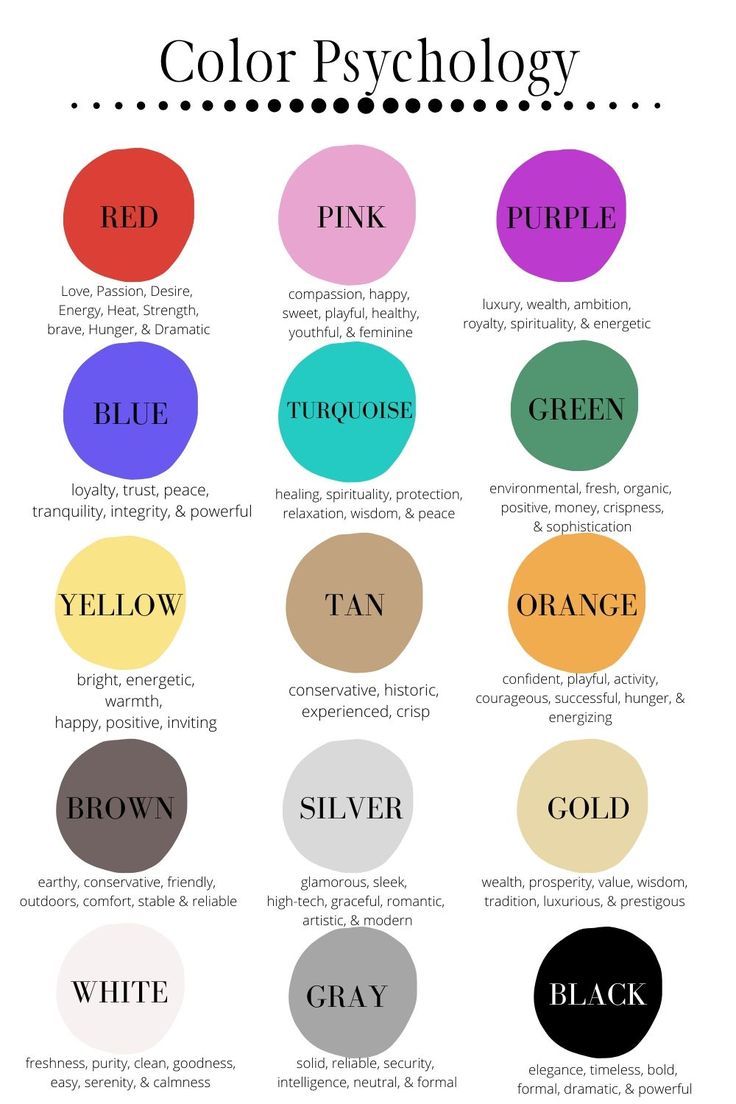
When you are coloring in a good mood, we are sure you tend to choose bright colors. The opposite happens when you are in a bad mood, for sure.
3. Creating contrast and harmony
For maximum contrast, combine warm and cool colors. For example, complementary colors are orange and blue or green and red.
By using contrasting colors, your intention of drawing attention to one specific object will be handled.
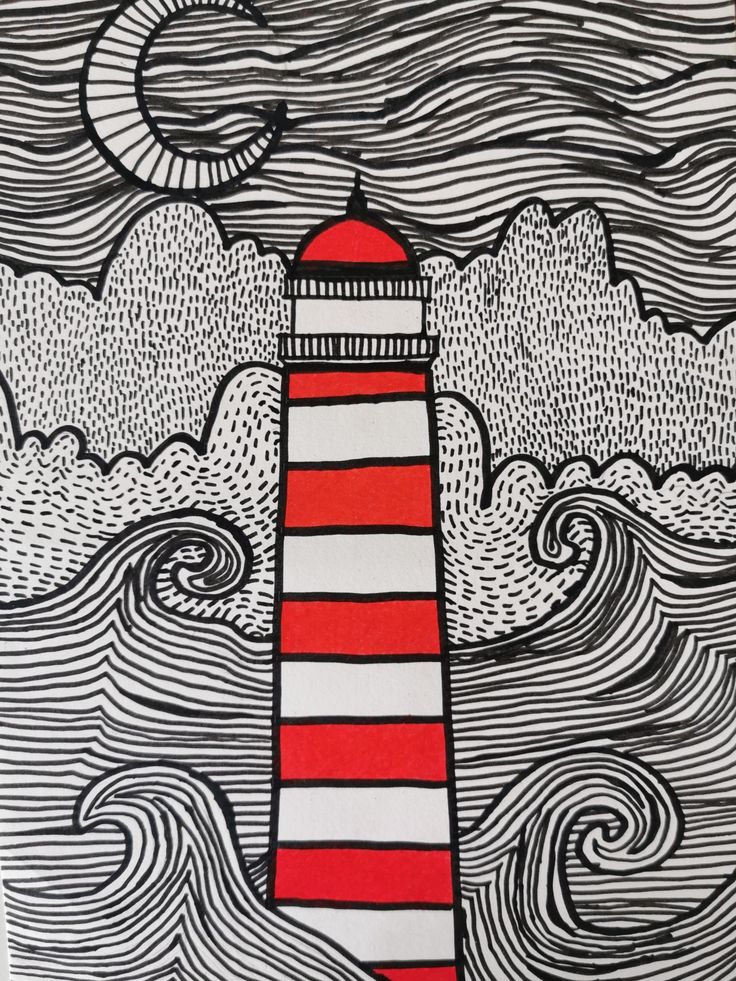
In this drawing, the lighthouse stands out from the sea.

We find this picture quite bland due to its lack of use of different colors.
On the other hand, you should ensure harmony in your coloring. You can display particular feelings, set a mood, or provide context for a picture by using color harmonies. Otherwise, your artwork may turn out to be bland or chaotic.

As you can see, this drawing is quite chaotic because there are too many colors used.
IV. Color Mixing Techniques
1. Mixing primary colors to create secondary colors
A quick reminder for you about color theory! Remember how secondary colors are made? Just use primary colors to produce them. This technique provides you with more color options. Then, depending on your coloring goals, think about my coloring tips on color contrast and harmony. These simple steps will improve your coloring skills.
2. Understanding color value and intensity
Value describes how close a color is to black and white in terms of lightness or darkness. You raise a color’s whiteness level to add more value. You add black to decrease its value. High value leads to shades. Whereas, low value creates tints. Yellow is an example of a high-value hue that has more shades than tints. Low-value hues, like green, on the other hand, have more tints than shades.
Another property of colors that we think you should know is color intensity. A color’s intensity, or saturation, is its level of purity. A color with high intensity is vivid, while a color with low intensity is more neutral. When a color is just it and not blended with another one, it is at its purest. If you mix two colors, their intensity will both decrease. You will gain control over color selection and produce stunning color effects when you know how to change a color’s intensity.
Related topic: Master The Art Of Color Harmony With Effective Color Schemes
V. Tips for Better Coloring Experience
1. Setting up a comfortable and organized workspace
If you are a beginner or an amateur who loves coloring, we are sure you practice coloring mostly for relaxation. Therefore, you should prepare a good place for you to color. Turn on your favorite music list and start coloring. We recommend that you allow good light so you can color smoothly. If you are in a room with a window, it is our highest advice for you to use the natural light to light up your place of creativity.
Coloring in a comfortable and well-organised place will provide you with great relaxation. So, you will improve your coloring skills soon.
2. Taking breaks and practicing patience
There are some more complex techniques to practice. As mentioned above, the contrast or saturation of your coloring may require more effort to understand. We advise you to take it slowly and enjoy your time. Gradually, with little by little practice, you will color beautifully.
3. Enjoying the process and embracing mistakes
Without mistakes, you cannot enhance your coloring skills. So, do not dare if you ruin a coloring page. You will learn a lot from it. Keep calm and maintain your excitement for your coloring hobby. When you color, you do not need to compete with anyone. It is a good way of relaxing for you. Remember my coloring tips for you to color beautifully. We believe you will enhance your coloring skills soon.
VI. FAQs
1. Can I quickly improve my coloring skills?
The answer is that it depends. If you spend more time, you can improve your skills more quickly. However, we do not think you must improve it at any cost. Coloring is a good way to get refreshments. Therefore, you should not make it a new pressure for you. Our lives are full of businesses to be stressed out about, right?
2. If I just want to color for entertainment, should I improve my coloring skills?
Yes, definitely. You do not need to spend a lot of time on it. You can experiment with new basic theories and techniques. Your practice will be better when you understand the basic coloring rules. When you can color beautifully, you will even more love coloring and art. We believe that by practicing and improving your coloring skills, you will gain rather than lose.
3. To improve my coloring skills, must I buy expensive materials?
No, for sure. By understanding color theory, you can improve your coloring skills a lot. When you want to try a new experience in coloring, you can buy new materials for experiments. But, of course, you do not need to buy expensive tools. Just normal materials are enough for you to try and satisfy your interest in coloring.
Coloring is a skill that takes commitment and effort to master. Your coloring skills can be improved by following our advice. You should understand the basic theory of coloring first. Then, put what you learn into practice. Without consistent practice, you will color beautifully day after day. Never stop learning, and never stop experimenting.
Do you think you can color beautifully? Here are our tips for even the most amateur coloring practicer, which can… View More


